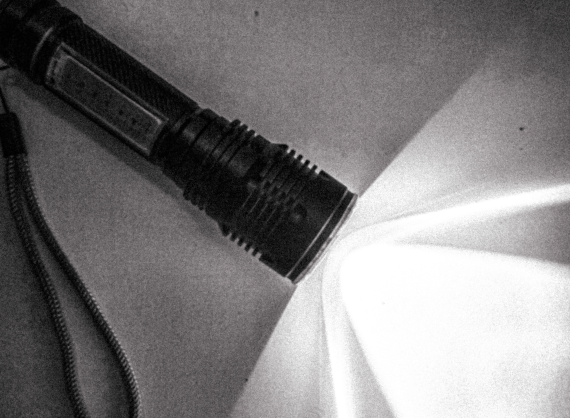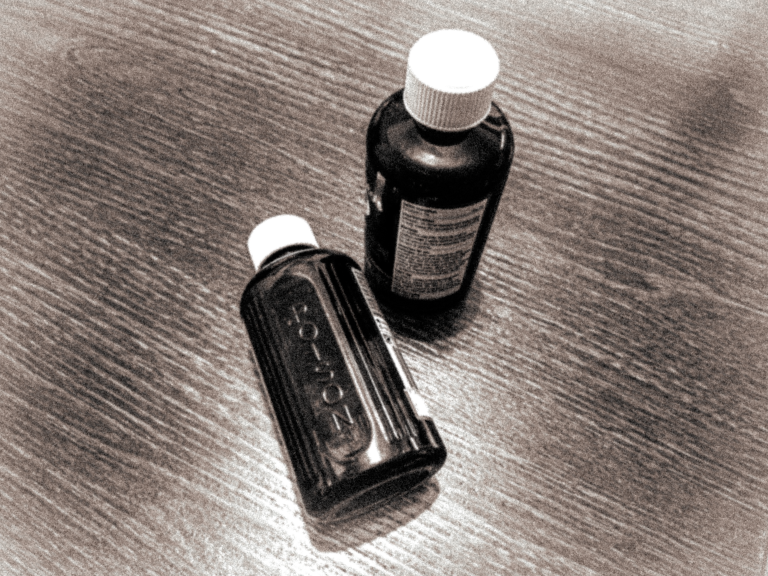This collection acts as an online museum to revisit collected photographs of the legacy of detective Wade Webb, a renowned consultant inspector with dozens of successfully closed homicide cases. The collection includes his iconic belongings that he never parted with until his passing in 1964, and includes his work, in the form of case evidence he used to solve in his efforts against criminal activity in the period of the 1940s to 1950s.

The Hat
In terms of appearance, Detective Webb was most known for his hat, of which he owned multiple identical copies, frequently adjusting it on his head so that one could only glimpse the lower parts of his face.
Local papers during his active crime-solving periods have suggested that its purpose is to hide his expression and thoughts during interrogations.
The Coat
Accompanying Detective Webb’s iconic hat is his longcoat, which has been used regardless of weather or season. Visibly worn as time passed, Webb’s coat reflected the progression into the grittier nature of mystery and crime.
The coat was once damaged during an investigation on the serial killer known as The Butcher, but was stitched up back to its previous state.



The Torch
Webb had his fair share of nightly investigations, and dealing with serial criminals ensured that there would be danger in the dark. His torch was adopted in the later half of his career, and still shone brightly after his death.
The detective was known to signal nearby authorities and crime solving partners using a specific pattern of flashing lights, allowing him to escape situations where verbal communication was impossible.
The Gloves
Webb refused to use rubber gloves, wishing instead for cloth ones during investigations, and thus ruining many pairs when sampling evidence. His last pair of gloves were worn out with no shortage of dust and grime.
Each of these belongings are kept safely in lockboxes with his descendant family, who have expressed a want for privacy, but have allowed us to provide this online account of Webb's professional life.


'Summerford Farm' Painting
An arsonist known as 'The Artist' would paint pictures and release them into the public before setting a building on fire. Detective Webb noticed connections between the painting locations and depictions, allowing him to track down The Artist and put her to justice.
This painting has remained in Webb's home as memorabilia for one of his first successful cases, and one that made him recognised by all in the world of crime.
Twinvenom Vials
A set of two vials, one containing a concoction of toxic poison made from a snake's bite, and the other made of its antivenom. The serial criminal known as the Alchemist moonlit as a magician who often played tricks and held private sessions to carry out their murders.
Detective Webb encountered The Alchemist directly, and with assistance from signalling using his torch for a partner against crime, he was able to escape a toxic situation and place The Alchemist behind bars.



The Butcher's Knife
The Butcher was one of the most infamous and brutal serial killers in his time, and was kept Detective Webb preoccupied for the better part of a decade. Always masked and armed with his signature butcher's knife, The Butcher represented most of the violent encounters in Detective Webb's career.
When interviewed after the successful arrest of the serial killer, Webb noted that he 'did not feel any happiness', and offered condolences for his failure to catch on to the criminal at earlier points in time.
Vase of Poisoned Roses
The Ivy was a manipulative criminal who grew close to Detective Webb, eventually taking advantage of his interest in her with a bouquet of roses that was poisoned, causing Webb to suffer from a lung infection, taking him out of his work and allowing The Ivy to carry out assassinations on high profile members of society.
However, the detective caught on to The Ivy's antics and was able to detain and interrogate her, but the physical harm from the poison had taken place and would be a contributor to his death a few years later.
